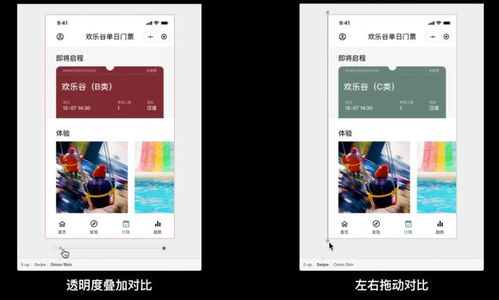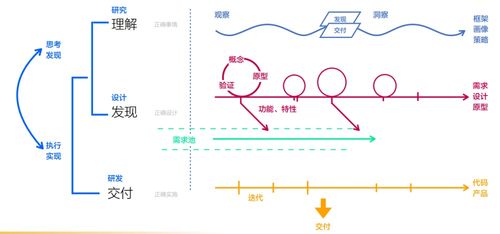Understanding Design Ops: A Comprehensive Guide

Design operations, often abbreviated as Design Ops, is a relatively new field that bridges the gap between design and operations in organizations. It focuses on optimizing the design process to ensure efficiency, collaboration, and quality. In this article, we will delve into the various aspects of Design Ops, providing you with a detailed understanding of its significance and applications.
What is Design Ops?

Design Ops is a discipline that aims to streamline the design process by integrating design thinking with operational practices. It involves creating a cohesive and efficient workflow that allows designers to collaborate effectively with other departments, such as engineering, marketing, and product management. By doing so, Design Ops helps organizations deliver high-quality products and services that meet customer needs.
The Key Components of Design Ops

Design Ops encompasses several key components that work together to create a seamless design process. Let’s explore these components in more detail:
-
Design Systems: Design systems are a collection of guidelines, components, and tools that help maintain consistency across all design projects. They ensure that designers use the same design language, reducing the time spent on creating custom components from scratch.
-
Collaboration Tools: Effective collaboration is crucial in Design Ops. Tools like Slack, Trello, and Figma enable designers to communicate, share feedback, and work together on projects in real-time.
-
Process Documentation: Documenting the design process is essential for maintaining consistency and enabling new team members to quickly get up to speed. Tools like Confluence and Notion can be used to create comprehensive process documentation.
-
Continuous Improvement: Design Ops is a dynamic field that constantly evolves. Organizations should regularly review and refine their processes to ensure they remain effective and efficient.
The Benefits of Design Ops
Implementing Design Ops in an organization can yield several benefits:
-
Increased Efficiency: By streamlining the design process, Design Ops helps reduce the time and resources required to bring products and services to market.
-
Improved Collaboration: Design Ops fosters better communication and collaboration between designers and other departments, leading to more cohesive and well-rounded products.
-
Consistency: Design systems and process documentation ensure that all design projects adhere to the same standards, resulting in a consistent user experience.
-
Quality: By focusing on efficiency and collaboration, Design Ops helps organizations deliver high-quality products and services that meet customer needs.
Design Ops in Action
Let’s take a look at how Design Ops is implemented in different organizations:
| Organization | Design Ops Approach | Results |
|---|---|---|
| Airbnb | Developed a comprehensive design system called “Airbnb Design System” to ensure consistency across all design projects. | Increased efficiency by 30% and improved collaboration between designers and engineers. |
| Dropbox | Created a design ops team to manage the design process and provide support to designers. | Reduced the time to launch new products by 50% and improved the quality of design deliverables. |
| Spotify | Developed a design system called “Spotify Design System” to promote collaboration and consistency across all design projects. | Increased efficiency by 20% and improved the quality of design deliverables. |
Design Ops Best Practices
Here are some best practices to consider when implementing Design Ops in your organization:
-
Start Small: Begin by focusing on a specific area of your design process and gradually expand to other areas.
-
Involve Stakeholders: Engage with stakeholders from various departments to ensure that their needs and expectations are met.
-
Measure Success: Establish key performance indicators (KPIs)
